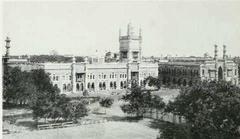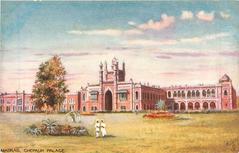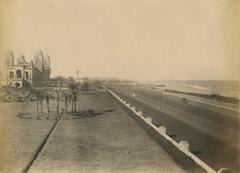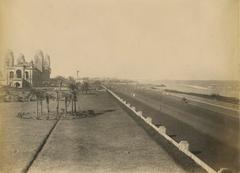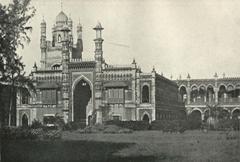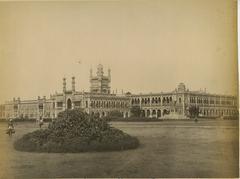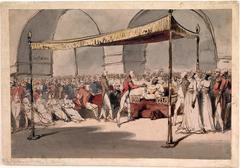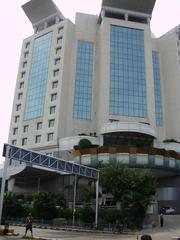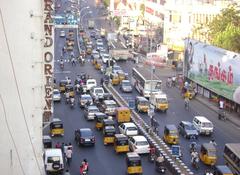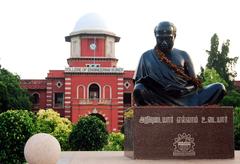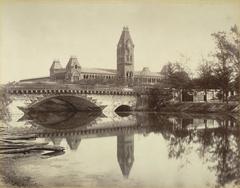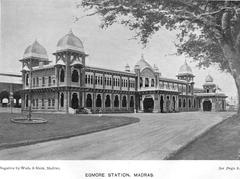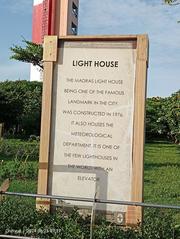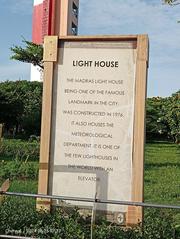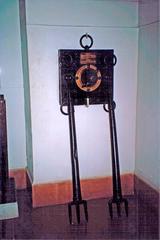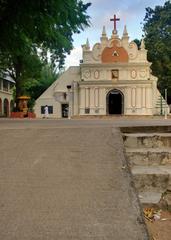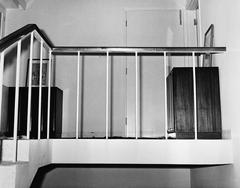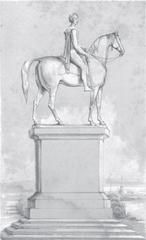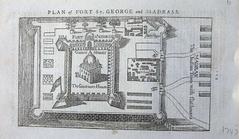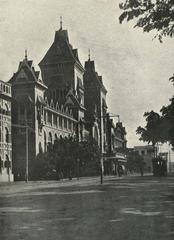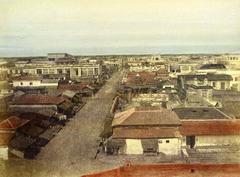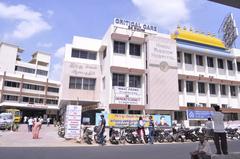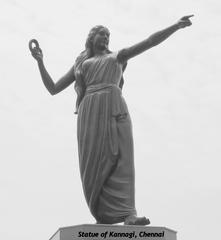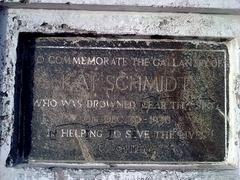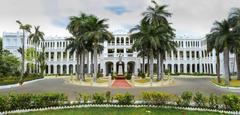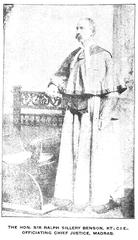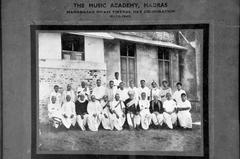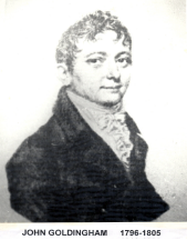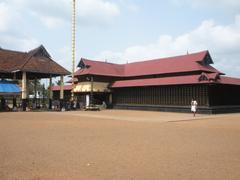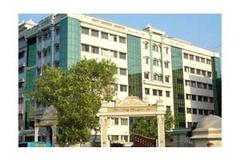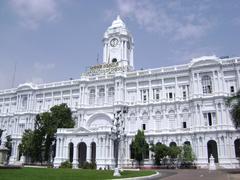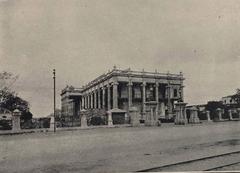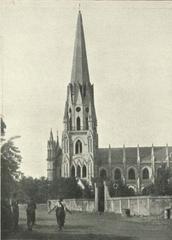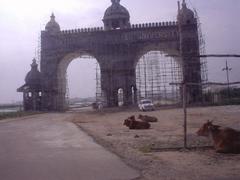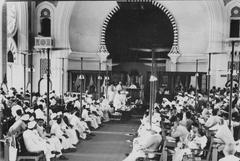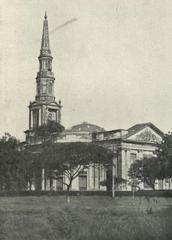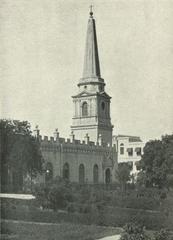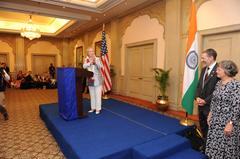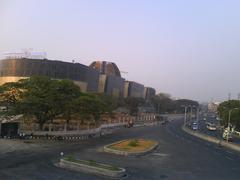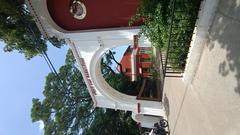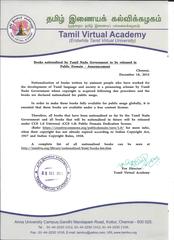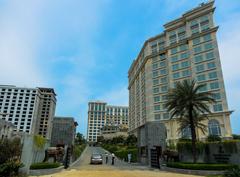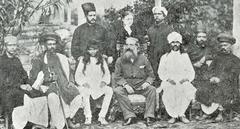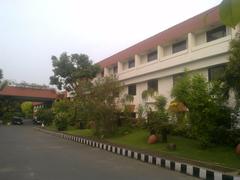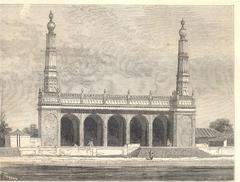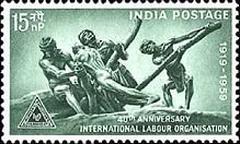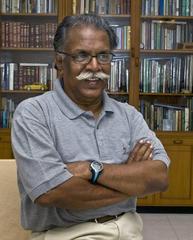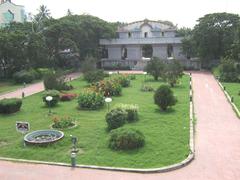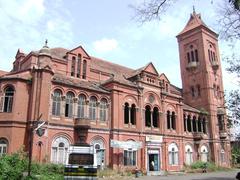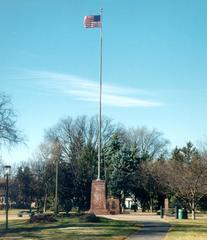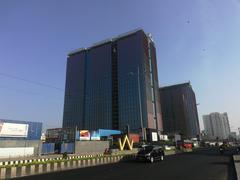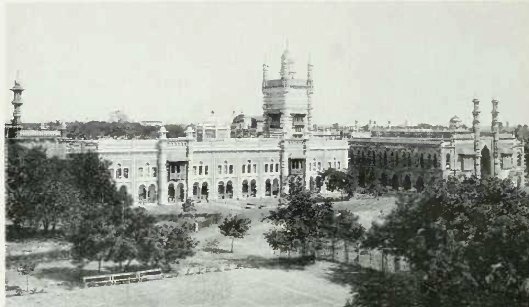
Chepauk Palace Chennai: Visiting Hours, Tickets, and Historical Sites Guide
Date: 14/06/2025
Introduction: History and Cultural Significance of Chepauk Palace
Chepauk Palace stands as a testament to Chennai’s rich architectural and cultural legacy. Built between 1764 and 1768 for Nawab Muhammed Ali Wallajah, the eighth Nawab of Carnatic, the palace introduced Indo-Saracenic architecture—a blend of Mughal, Hindu, and European styles—to South India (The Hindu). Designed by British engineer Paul Benfield, its innovative design and strategic location by the Marina made it a nucleus for political and cultural life in the 18th and 19th centuries.
The palace complex originally covered 117 acres and featured two main blocks, Kalas Mahal and Humayun Mahal, both adorned with domes, arches, and jarokhas (balconies), and included the distinctive Records Tower with its striped façade. Over the centuries, the palace has experienced periods of decline, adaptive reuse by the British, fire damage, and ongoing restoration by the Public Works Department (PWD) and Archaeological Survey of India (ASI), all of which contribute to its enduring historical value (Culture & Heritage; Sriram V).
Today, the palace is a significant stop for heritage enthusiasts and travelers, located near other key attractions such as Fort St. George and Marina Beach. This guide provides comprehensive, up-to-date information on visiting hours, ticketing, accessibility, restoration efforts, and tips for making the most of your visit to this Chennai landmark (TravelGuideInc; WaytoIndia).
Table of Contents
- Origins and Construction of Chepauk Palace
- Architectural Features and Layout
- The Nawabs of Carnatic and the Royal Era
- Colonial Takeover and Adaptive Reuse
- Decline, Fire Damage, and Restoration
- Visitor Information: Hours, Tickets, and Accessibility
- Nearby Attractions and Travel Tips
- Visual and Interactive Media
- Frequently Asked Questions (FAQ)
- Summary and Conclusion
- References
Origins and Construction of Chepauk Palace
Commissioned by Nawab Muhammed Ali Wallajah in the mid-18th century, Chepauk Palace was constructed between 1764 and 1768 after plans to build nearer to Fort St. George were abandoned due to space constraints. The site near the Marina was chosen for its strategic and scenic advantages (The Hindu).
The palace, designed by Paul Benfield, became the pioneering example of Indo-Saracenic architecture in India, influencing the design of subsequent colonial buildings. Its construction used local red bricks, lime mortar, and materials sourced from nearby areas, exemplifying both innovation and adaptation to the regional climate.
Architectural Features and Layout
Chepauk Palace originally consisted of two principal blocks:
- Kalas Mahal: The southern block, serving as the Nawabs’ official residence until 1855.
- Humayun Mahal: The northern extension, used for administrative and ceremonial functions.
Architectural highlights include:
- Onion-shaped domes, horseshoe arches, and stepped jarokhas reflecting a fusion of Mughal and Hindu motifs.
- The 34-meter Records Tower: A later addition by Robert Chisholm, known for its Gujarat-inspired striped façade and panoramic views.
- Madras terrace roofs and thick masonry walls: Designed for passive cooling, suitable for Chennai’s climate.
The original complex featured lush gardens and courtyards, though much of the grounds have been lost to urban development (Culture & Heritage; The Hindu).
The Nawabs of Carnatic and the Royal Era
For nearly a century, Chepauk Palace was the political and cultural heart of the Carnatic Nawabs’ domain. It hosted royal durbars, musical soirees, and literary gatherings that contributed to the flourishing of Carnatic music and arts (Navrang India). The palace’s prominence waned after the last Nawab’s death in 1855, when the British annexed the territory under the Doctrine of Lapse (Scribd Timeline).
Colonial Takeover and Adaptive Reuse
Following annexation, the British repurposed Chepauk Palace for administrative use, housing departments including Revenue and Public Works. The palace’s distinctive Indo-Saracenic features were preserved but adapted for new functions (Culture & Heritage; The Hindu).
Decline, Fire Damage, and Restoration
Years of neglect, urban encroachment, and lack of preservation led to the palace’s decline. The grounds were reduced, and the structures suffered from lack of maintenance. The 2012 fire at Kalas Mahal caused significant damage, highlighting the urgent need for conservation (Madras Musings; Sriram V).
Currently, restoration is spearheaded by the Tamil Nadu PWD and ASI, focusing on structural stabilization, traditional repair techniques, and adaptive reuse:
- Kalas Mahal: Restored and now serves as the National Green Tribunal’s Southern Bench.
- Humayun Mahal: Being prepared to house an Independence Day museum.
- Records Tower: Planned for use as a public viewpoint once restoration is complete (PWD Chennai).
Visitor Information: Hours, Tickets, and Accessibility
Visiting Hours
- General Hours: Tuesday to Sunday, 10:00 AM – 5:00 PM.
- Closed: Mondays and public holidays.
- Note: Restoration work may temporarily affect visiting hours or access to certain sections. Always check with official sources before planning your visit.
Tickets and Entry Fees
- Entry: Free for general visitors, as the site functions primarily as a government office.
- Special Tours/Events: Occasionally organized by heritage groups; ticketing may apply (TravelGuideInc; WaytoIndia).
Accessibility
- Wheelchair Access: Limited due to the historic structure; some ramps and accessible pathways are present in restored areas.
- Assistance: Visitors with mobility challenges should contact the PWD in advance for guidance.
Guided Tours and Special Events
- Guided Walks: Offered during heritage festivals and by local organizations. Inquire in advance or check online.
- Photography: Allowed in exterior and garden areas; interior photography may require permission.
Nearby Attractions and Travel Tips
Chepauk Palace’s central location makes it easy to combine with other Chennai sites:
- Fort St. George: India’s first British fortress.
- Marina Beach: The city’s iconic coastline.
- M.A. Chidambaram Stadium: Renowned cricket venue adjacent to the palace (WinzoGames).
- MGR Memorial, Gymkhana Club, Kannagi Statue, Triplicane Labbai Jamaath Mosque: All within walking distance (TrekZone).
Travel Tips:
- Best time to visit: November–February (cooler weather)
- Dress comfortably and modestly.
- Carry water and sun protection.
- Use public transport for convenience—the Chepauk MRTS station is nearby.
Visual and Interactive Media
Take a virtual tour of Chepauk Palace to explore its architecture online.
Frequently Asked Questions (FAQ)
Q: What are the Chepauk Palace visiting hours?
A: Tuesday–Sunday, 10:00 AM–5:00 PM; closed on Mondays and public holidays.
Q: Is there an entry fee?
A: Entry is free for general visitors; special events may require tickets.
Q: Are guided tours available?
A: Occasionally, mainly during heritage events or by arrangement with local organizations.
Q: Is the palace accessible for differently-abled visitors?
A: Accessibility is limited; some restored areas have ramps, but historic structures may pose challenges.
Q: Can I take photographs?
A: Photography is permitted in exterior areas; permission may be needed for interiors.
Q: What’s the best way to get there?
A: The palace is accessible by taxi, auto-rickshaw, and is near the Chepauk MRTS station.
Summary and Conclusion
Chepauk Palace is a vital chapter in Chennai’s architectural and cultural history, reflecting the grandeur of the Nawabs of Carnatic and the evolution of Indo-Saracenic design. Restoration efforts are ensuring its legacy endures, with future plans for museums and public viewpoints. As access to interiors may be limited, visitors are encouraged to appreciate the palace’s exterior, explore nearby heritage sites, and participate in guided walks during special events.
For the latest updates, restoration news, and event schedules, consult the PWD Chennai website or download the Audiala app. Experience the living heritage of Chennai and immerse yourself in the legacy of Chepauk Palace.
References
- Chepauk Palace Chennai: Visiting Hours, Tickets, History & Travel Guide (The Hindu)
- Adaptive Reuse of Colonial Buildings in Chennai (Culture & Heritage)
- Chepauk Palace – A Story of Continuing Neglect (Sriram V)
- Chepauk Palace Architecture & Historical Significance (Atlantis Press; Indianetzone)
- Chepauk Palace Restoration and Visiting Information (PWD Chennai)
- Chepauk Palace Visiting Guide (TravelGuideInc; WaytoIndia)
- Madras Day Walk with Us into Chepauk Palace (The Hindu)
- Chepauk Palace and Surroundings (WinzoGames)
